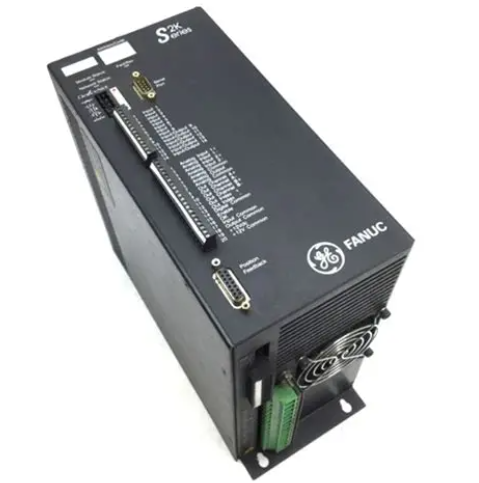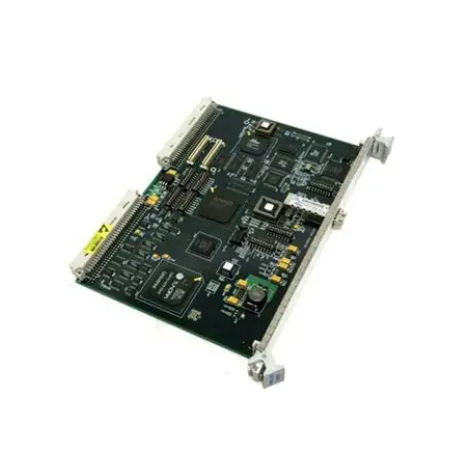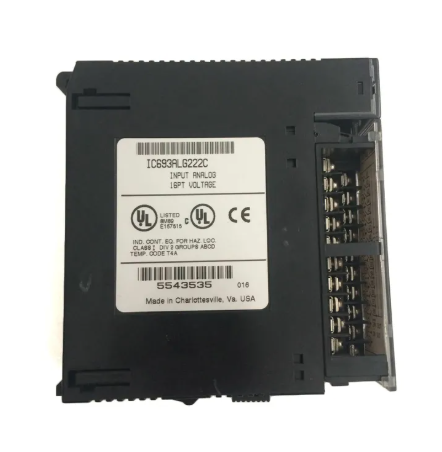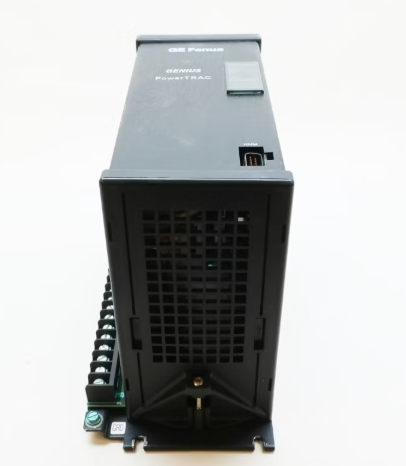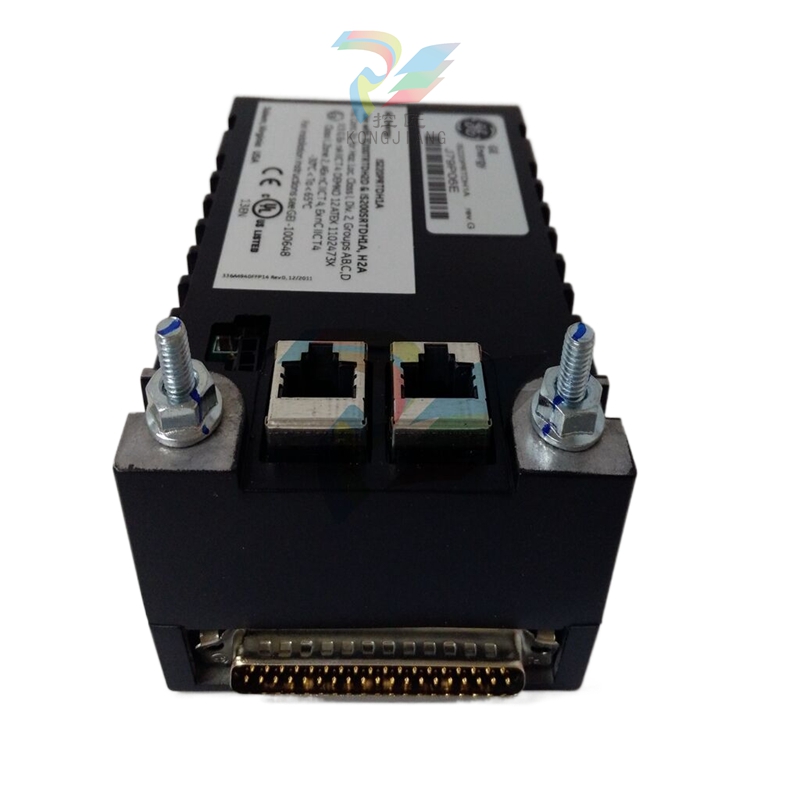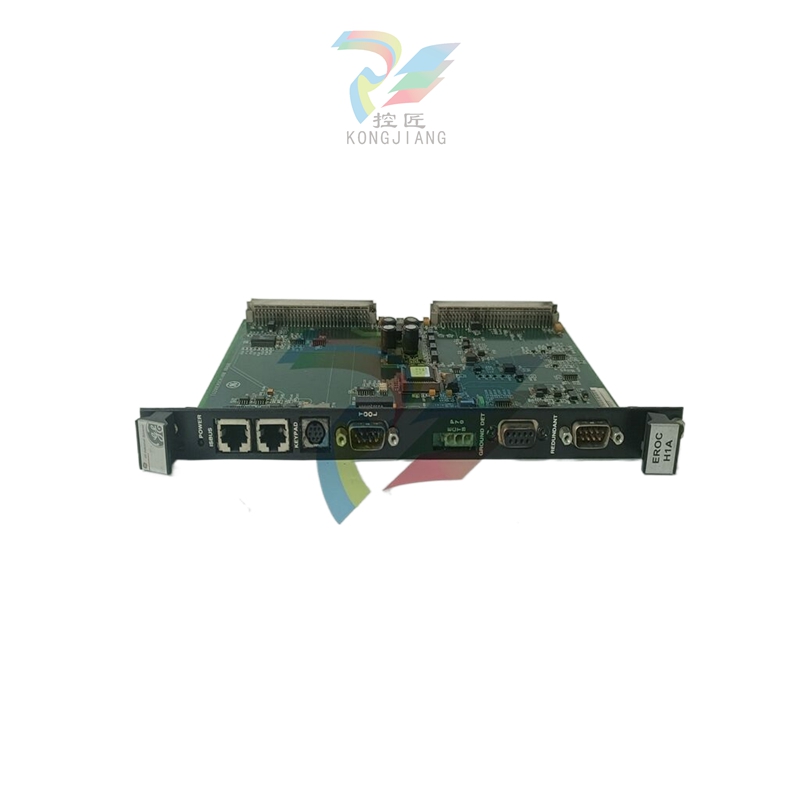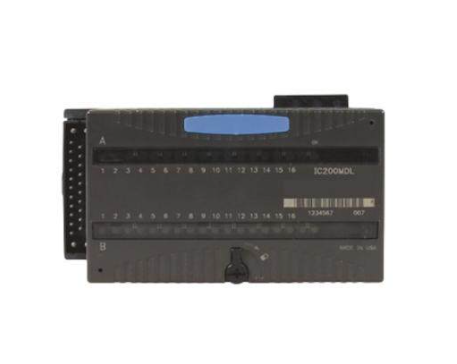How to do mine ecological restoration?
The exploitation of mineral resources in China has been going on for a long time, and the geological environment problems left by the long-term high-intensity and large-scale mineral exploitation are almost all over the country, seriously affecting the regional ecosystem.
In order to actively promote the ecological restoration of mines and the construction of green mines, the Geological Environment Monitoring Institute of the China Geological Survey organized experts to carry out research on the planning of mine environmental governance and ecological restoration, and provide technical support and decision-making basis for the competent departments of natural resources to perform mine environmental supervision and management.
The contents of mine ecological restoration are extensive
The content of mine ecological restoration is extensive, involving comprehensive treatment of abandoned mines, production mine monitoring, technical standards development, policy system research and other all-round technical support and services.
In terms of ecological restoration of abandoned mines left over from history, it is necessary to consider the major needs of ecological civilization construction, industrial and agricultural production, urban development, implementation of major national projects, improvement of people's livelihood, poverty alleviation, and focus on ecological restoration of mines left over from history in the Yangtze River Economic Belt, resource-exhausted cities, old industrial bases, and important national ecological functional areas.

In terms of monitoring and supervision of production mines, on the one hand, ecological restoration investigation and monitoring of the whole process of mineral resource development based on production mines should be carried out, which mainly includes three aspects: First, it refers to the source prevention of mineral resource development. To ascertain the geological environment background conditions and ecological environment conditions of mineral resources, analyze the existing mine development situation and the mine environment problems, put forward regional preventive measures, and guide mine exploitation. The second is the process control of mineral resources development. In the process of mineral resources exploitation, tracking and monitoring the occurrence, development and change trend of mine environmental problems, and putting forward control measures. Third, it refers to the implementation of the management responsibility of mineral resources development. After the end of the exploitation of mineral resources, the environmental problems left by the mine are comprehensively analyzed and evaluated, and the remediation plan is put forward. On the other hand, it is necessary to strictly implement the mine geological environment protection and land reclamation plan and the mine geological environment restoration and management fund system, vigorously promote the construction of green mines, establish a binding mechanism for mining owners to fulfill their obligations, improve the dynamic monitoring and supervision system for the mine ecological environment, and supervise mining enterprises to fulfill their obligations.
Do a good job of technical support and service for mine ecological restoration:
First of all, the investigation and evaluation of mine ecological environment in key areas of the country should be carried out. Carefully deploy the investigation work, focus on typical mining areas, carry out detailed investigations for the purpose of ecological restoration, accurately find out the bottom number, distinguish the main body of responsibility for protection and restoration, clarify the specific content of protection and restoration, establish a national mine ecological protection and restoration ledger, and propose solutions for mine ecological restoration; Based on the latest survey data, the implementation plan for regional ecological protection and restoration of mines should be reasonably formulated, and the overall objectives, work priorities, main regions, restoration pilots, safeguard measures, etc. of mine ecological protection and restoration should be clarified to support the planning, implementation, supervision and management of mine ecological protection and restoration.
The second is to carry out the research of mining ecological protection and restoration technology and technical standards. We will revise and improve the technical standards for geological environment investigation, monitoring, evaluation and comprehensive treatment of mines that have been put on trial. Focus on the preparation of different kinds of mining ecological restoration related technical standards, mine ecological restoration acceptance norms and mine ecological restoration assessment index system and other series of technical standards. Focus on the theory of systematic management of mountains, rivers, forests, fields, lakes and grasslands, carry out research on mining geological environment protection and reconstruction technology and practical technology of recycling of mining waste in the whole process of mineral resources exploration and development, and improve the level of mine geological environment prevention and control.
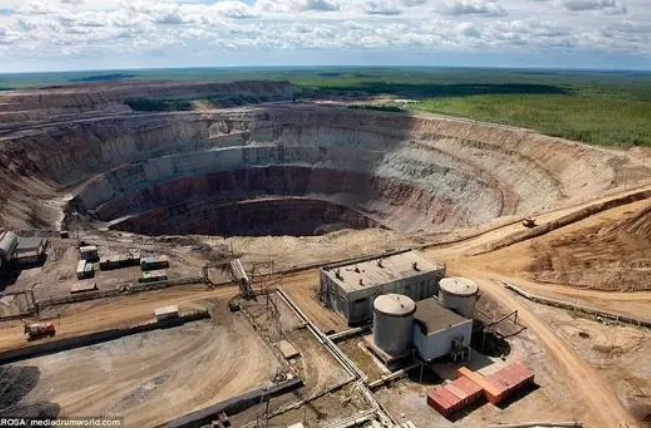
Thirdly, the construction of mine environment and ecological restoration information system should be carried out. Plan a unified system architecture, build a national mining geological environment data center around different business fields of mine geological environment, realize the information, integration, networking and intelligence of investigation, monitoring, management and related businesses, and support the ecological protection and restoration of mines; Improve the data collection and dynamic update functions of mine environmental investigation, monitoring and ecological restoration, and strengthen the functions of statistical inquiry, comprehensive analysis, decision support, assistance management and information release; On the basis of summarizing and analyzing the results of the annual national geological environment survey, monitoring results, statistical report data and ecological restoration results, the annual situation analysis report of national ecological protection and restoration of mines was prepared, which mainly included the analysis of the dynamic change trend of the national environmental problems of mines, the analysis of the leading factors of mine environmental change, the situation of ecological restoration of mines and the next countermeasures and suggestions.
Fourth, carry out research on the construction of mine ecological restoration policies and regulations system. Research and put forward the legal provisions on supplementing mine environmental management and ecological restoration in the revision process of the Mineral Resources Law, research on the compensation system for mine ecological restoration protection, research on the social capital investment system for mine ecological restoration, and research on the construction of the mine ecological restoration fund system.
Ecological restoration in mines should be implemented in different areas
The ecological restoration work of mine in China insists on systematic design, overall promotion and step by step restoration; Ensure safety, restore ecology and take into account the landscape; Focus on key areas, adapt to local conditions, and implement policies in different categories; Based on the principle of natural restoration and artificial restoration, the ecological restoration potential of mines is assessed and the direction of ecological restoration is determined according to the geographical location, climatic conditions, ecological region, geological background, social and economic conditions, major ecological problems and other factors of the mining area. At the same time, all kinds of mines with different scales, different mineral species and different mining methods are targeted. Different ecological restoration techniques were adopted.
According to the distribution of mineral resources in China, the status of mine development, the division of main metallogenic zones and the national topography, geomorphology and geological conditions, combined with the type and scale of mining ecological environment problems caused by the development of different types of mineral resources, the geological environment Monitoring Institute of the China Geological Survey has divided 23 mineral resource development zones with obvious regional and mineral characteristics across the country. According to the current situation and development trend of the ecological environment problems in mines, the short-term and long-term management areas are proposed on the basis of the national mineral resources development zoning. The recent management areas reflect the urgency and necessity of management, according to the "key mining geological environment management areas (524)" determined in the National Mineral Resources Plan (2016-2020), combined with the surrounding terrain and geomorphic conditions, formation lithology and mining location; The long-term management area reflects the continuity of the management work, based on the concentrated mining area of the geological environment of the mine, according to the comprehensive delineation of the distribution location and characteristics of the mine.
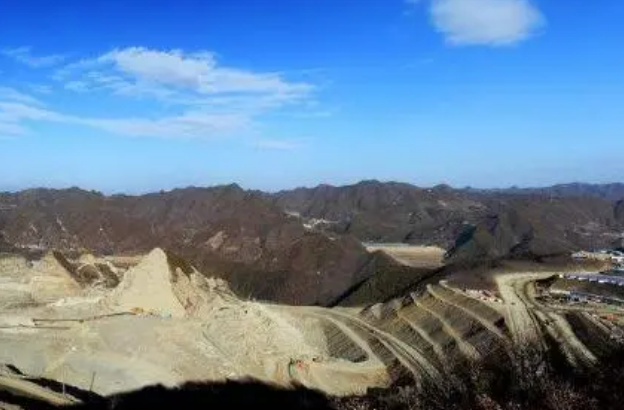
Four modes escort mine ecological restoration
To carry out targeted mine ecological restoration projects for different kinds of mines, and combined with regional characteristics such as social economy, natural landform landscape, cultural and cultural background, the geological environment Monitoring Institute of the China Geological Survey summarized four types of mine ecological restoration models:
-- Combined with the construction of mining park, etc., to build a city tourism brand. After years of mining, Huangshi Daye Iron Mine in Hubei Province has formed an open-pit 2,400 meters long, 900 meters wide and 444 meters deep, with more than 300 million tons of waste rock covering an area of 400 hectares. Through mining geological environment management and ecological restoration, the first national mining park with an area of more than 2,300 hectares has been built, which has greatly improved the urban appearance and brought good social, environmental and economic benefits to the local area.
- Combine with the construction of industrial parks to promote urban transformation and development. Xihuayuan District of Zhangjiakou has combined the renovation of more than 1,000 hectares of abandoned mining land with the planning of Yubelt Mountain industrial Agglomeration area, and has added 164 hectares of construction land to expand the urban development space by taking a series of measures such as eliminating hidden hazards of geological disasters, land consolidation, vegetation restoration and supporting municipal facilities.
-- Developing ecological agriculture in conjunction with land reclamation. In Zaozhuang, Shandong province, the method of "leveling" and "digging deep and shallow" has been adopted to control the subsidence land of coal mining, restoring more than 3,000 hectares of cultivated land and building and transforming about 80 hectares of ponds, forming a diversified agricultural production pattern of planting, breeding and processing of agricultural products.
-- Combining with geological disaster prevention and control to improve urban security capabilities. Dongchuan District of Kunming City is a highly prone area for debris flow disasters in China, and the geological environment has suffered serious damage due to more than 3,000 years of copper mining and smelting history. There are 300 hidden points of geological disasters in the district, and more than 100 disastrous debris flow gullies, threatening more than 36,000 people. By carrying out ecological restoration, construction of debris flow drainage and other measures to comprehensive treatment, greatly reduce the risk of urban disaster.
Different restoration methods are adopted in different types of mines
According to different kinds of mines, the geological environment Monitoring Institute of China Geological Survey adopts different restoration methods. At present, the ecological restoration methods of mines are mainly divided into energy mine ecological restoration methods, metal mine ecological restoration methods and non-metal mine ecological restoration methods.
-- Ecological restoration methods for energy mines. First of all, focus on strengthening the restoration of geological disasters such as ground collapse and ground cracks caused by coal and other energy and mineral mining. In densely populated energy mining areas, priority should be given to engineering measures, such as using coal gangue, tailings and other backfilling to control ground collapse and ground cracks, leveling the land after the ground has reached a stable state, carrying out land reclamation according to local conditions, comprehensively utilizing guest soil and original soil, selecting pioneer native plants and shrub species, implementing the mining area greening project, restoring surface vegetation, and reshaping topographic and geomorphic landscape. Gradually carry out ecological reconstruction in subsidence areas, open-pit stopes, waste dumps, tailings areas and soil erosion areas; In sparsely populated energy mining areas, priority should be given to natural restoration measures to gradually achieve natural greening. Secondly, the problem of water imbalance in mining area caused by mine drainage groundwater should be prevented to avoid excessive groundwater loss. Engineering measures such as anti-seepage curtain are taken to seal the aquifer around the damage site of the top and bottom of the aquifer, and gradually restore the function of the aquifer.
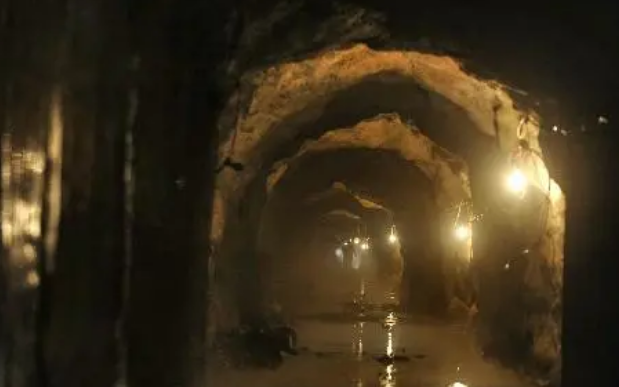
-- Ecological restoration methods for metal mines. In metal mining areas, the emphasis should be placed on the remediation of soil and water environmental pollution caused by the unreasonable stacking of mining waste slag and tailings, the geological disasters of debris flow and the heavy metal harmful substances in waste water and slag. Firstly, engineering measures should be taken to regulate waste slag, waste rock and tailings pile, strengthen the stability of stope slope and waste slag pile, prevent soil erosion, rebuild landform landscape, and carry out early warning and prevention of geological disasters such as debris flow in densely populated areas to eliminate hidden dangers of geological disasters. Secondly, the use of physical, chemical and biological means to control soil and water heavy metal pollution to prevent pollution from spreading to the surrounding areas through rain, wind and other weather.
-- Ecological restoration methods for non-metal mines. In non-metallic mining areas, emphasis should be placed on the remediation of ecological environmental problems such as mountain damage, landscape damage, landslide and ground collapse. First of all, the comprehensive use of slope cutting, unloading, wall building, continuous slope and other engineering means to carry out comprehensive regulation of open-pit mines, to eliminate the potential hazards of landslides and other geological disasters; Strengthen the comprehensive treatment and utilization of solid wastes such as waste rock, waste slag and tailings, and reduce the damage to land resources occupation; At the same time, combined with ecological reclamation, the damaged mountain greening project was carried out to restore the surface vegetation and reshape the topography and geomorphic landscape. Secondly, in densely populated non-metallic mining areas, solid waste such as waste rock, waste slag and tailings is used to backfill underground goaf and ground cracks to prevent and control mine geological disasters such as ground collapse.
- EMERSON
- Honeywell
- CTI
- Rolls-Royce
- General Electric
- Woodward
- Yaskawa
- xYCOM
- Motorola
- Siemens
- Rockwell
- ABB
- B&R
- HIMA
- Construction site
- electricity
- Automobile market
- PLC
- DCS
- Motor drivers
- VSD
- Implications
- cement
- CO2
- CEM
- methane
- Artificial intelligence
- Titanic
- Solar energy
- Hydrogen fuel cell
- Hydrogen and fuel cells
- Hydrogen and oxygen fuel cells
- tyre
- Chemical fiber
- dynamo
- corpuscle
- Pulp and paper
- printing
- fossil
- FANUC
- Food and beverage
- Life science
- Sewage treatment
- Personal care
- electricity
- boats
- infrastructure
- Automobile industry
- metallurgy
- Nuclear power generation
- Geothermal power generation
- Water and wastewater
- Infrastructure construction
- Mine hazard
- steel
- papermaking
- Natural gas industry
- Infrastructure construction
- Power and energy
- Rubber and plastic
- Renewable energy
- pharmacy
- mining
- Plastic industry
- Schneider
- Kongsberg
- NI
- Wind energy
- International petroleum
- International new energy network
- gas
- WATLOW
- ProSoft
- SEW
- wind
- ADVANCED
- Reliance
- YOKOGAWA
- TRICONEX
- FOXBORO
- METSO
- MAN
- Advantest
- ADVANCED
- ALSTOM
- Control Wave
- AB
- AMAT
- STUDER
- KONGSBERG
- MOTOROLA
- DANAHER MOTION
- Bently
- Galil
- EATON
- MOLEX
- Triconex
- DEIF
- B&W
- ZYGO
- Aerotech
- DANFOSS
- KOLLMORGEN
- Beijer
- Endress+Hauser
- MOOG
- KB
- Moxa
- Rexroth
- YAMAHA
- Johnson
- Westinghouse
- WAGO
- TOSHIBA
- TEKTRONIX


Email:wang@kongjiangauto.com

















































































































